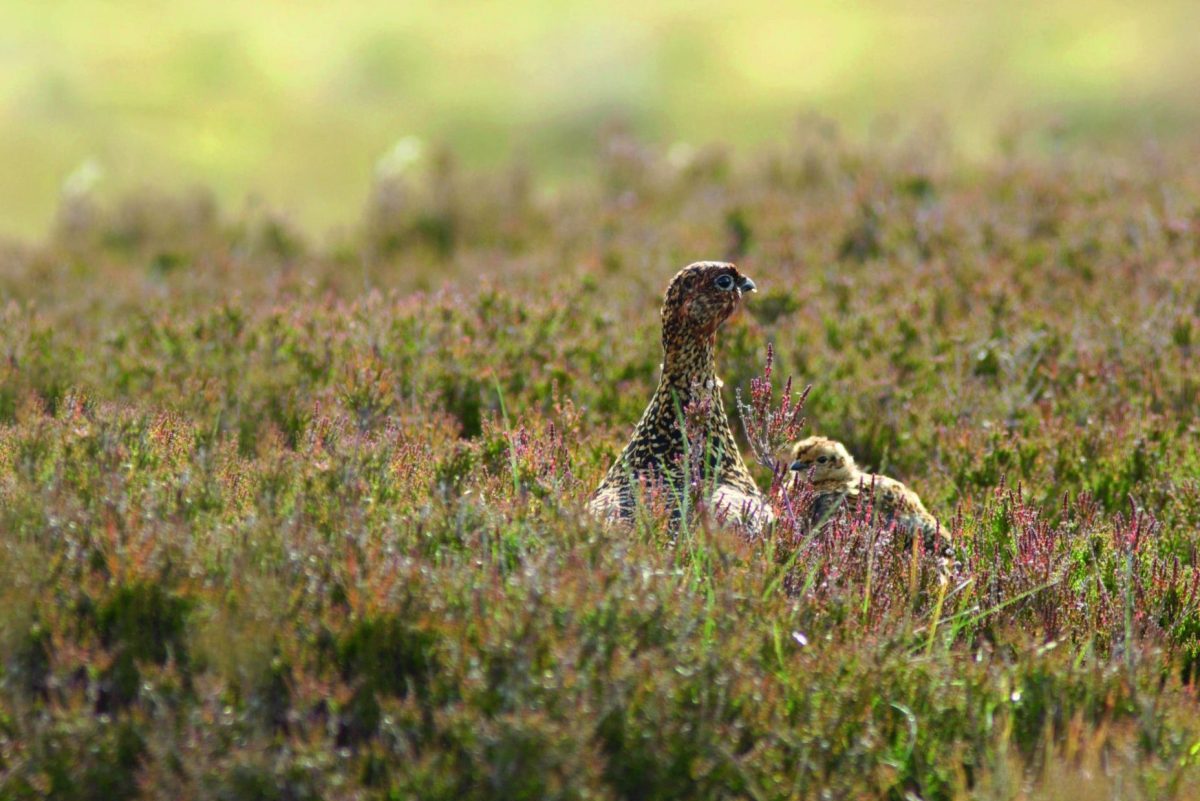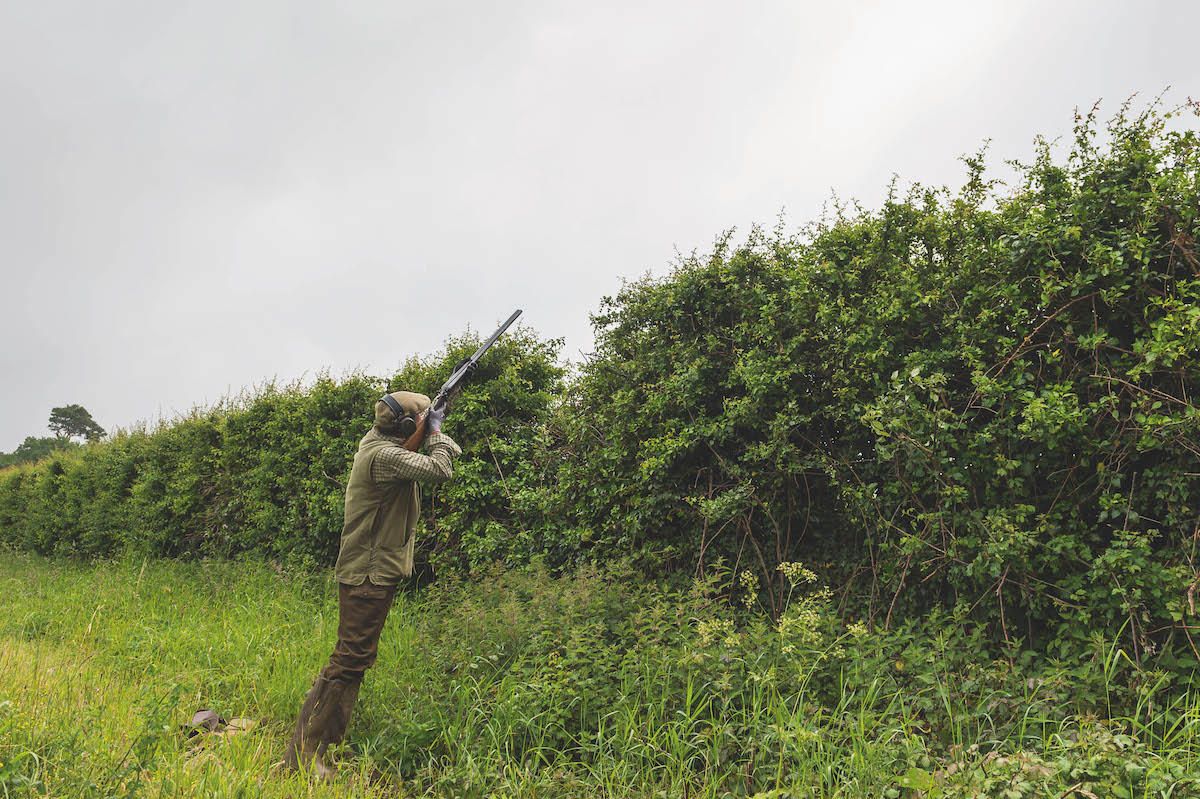Predator control means wild birds are thriving
Good weather and assiduous predator control have meant wild birds are thriving — but there’s still a long way to go, warns Richard Negus

The cautious questions have started: “Seen many about?” and “How are you doing?” The interest in wild broods has taken on a greater intensity this season. Bird flu has banjaxed the flow of eggs coming in from the Continent. Pressured to make up the shortfall, British game farmers — who for years warned against relying on cheap imports — have been unable to supply the increased demand.
Some shoots have already written off the season, leading to keepers being made redundant, livelihoods lost. Shoots, for whom wild broods were in the past more of a nice thing to have, are now relying upon them to enable a few limited days to take place. Whether your shoot is one of these or a dyed-in-the-wool wild bird affair, the good news is that a number of factors have coincided to give hope that wild broods this season may be prolific.
Doom and gloom
I have a great friend who is a grouse keeper in the north-east. I asked him how stocks looked set for this season. He replied: “We’re still in ‘doom and gloom June’.” By this he means that birds are hard to see, older grouse are moulting and everything is keeping its head down.
Spring in the uplands, he reports, has been ‘normal’ for the first time in years. Rain and sun have been enjoyed in what might be considered the correct quantities and cold snaps have been short, which have resulted in good heather growth.
My keeper friend is at pains to point out there is no guarantee this will translate into a healthy abundance of grouse. Rather than using pointers to count coveys, he prefers to sit quietly in a location with an all-round view, watching for heads to appear over the heather tops and listening for the hen grouse as they call their broods to heel.

Sightings of wild duck broods have been patchy but that may simply be because they have become more shy
On his lower ground — the borderlands between the heather and grazing meadows — he has vibrant numbers of grey partridges and wild pheasants. He is more bullish about the latter; thanks to weather and changes in farming practices — including a reduction in sheep numbers — he has seen “more pairs of greys than I have ever known, insect numbers are up and there is a range of wildflower appearing, many of which are new to me. I’ve had to download an app to find out what they are.
“Insects, and the plants that support them, are vital to wild broods of our low-ground game. While grouse chicks are eating heather tips, those of partridge and pheasant need a good fortnight of insect-rich food if they are going to make it,” he adds.
Abundant cover
In East Anglia, the same combination of favourable weather, increased insect life and abundant cover has given award-winning wild bird keeper Adam Steed reason to be optimistic. Pesticide use has lessened or is more pest species specific. Floristic margins and blocks are more commonplace and, now in full flower, they are home to the protein-rich ‘squishy bugs’ that are essential for chick development.
Adam has yet to see many broods of greys on the ground, but the pairs count a few months ago was slightly higher than average. Reports from farm workers in their tractor cabs — one of the finest ornithological platforms there is — note a handful of early broods on their feet and moving with vigour away from disturbance. One of the downsides — if it can be so called — of this good weather and increased cover is that it has been much harder to count broods.
Many wild pheasant broods are already fully feathered, indicating early clutches have made it past the most vulnerable stage. Supplementary feeding has continued for longer than in previous years and, with more than 200 corvids accounted for and fox control in hand, Adam waits for harvest to begin. Only then will it become feasible to assess if his early optimism was only hope over substance.

Favourable conditions suggest that it may be a good season for grouse
At Flea Barn, we have seen only two broods of grey partridges thus far, despite a spring count of 15 pairs. But the margins and cover crops are now fully established and are doing their job, hiding broods from our view and hopefully that of predators.
Ed Nesling has been busy Larsen trapping on the farm. The tally is up on last year, with a little over 100 being accounted for. Rook numbers are marginally down but carrion crow, magpie and jackdaw are notably up. We account for this increase by the improved levels of game and wildlife, brought about by the efficacy of increased habitat and food.
Wild pheasants broods have largely kept a low profile. We know the stock is there; hens are only briefly seen, cocks stand on guard in the margins. We trust this is a positive sign and try to remain patient.
In the West Country, Mike Swan shares a similar view: “I’m optimistic about what might be hiding in the cover in my corner of north-east Dorset, but I have little concrete evidence: just one or two well-hatched pheasant and redleg nests, and one brood of 15 redlegs that were still going strong when I last saw them, almost a week after hatching.”
The weather on this side of the country seems to be holding up, with Mike adding: “The combination of a mild spring with low rainfall but no drought is most propitious; light night-time rain freshens things up.”

Larsen trapping has helped to keep grey partridges safe from aerial predation
Duck tubes
Wild duck broods have been patchy. Though we saw scant sign of early broods at Flea Barn, later hatchings appeared in out-of-the-way places. Ducks shunned the bespoke new and refurbished ponds, rippling with their duck tubes and improved margins, instead choosing a pool that serves as the filler pond for Ed’s sprayer. Another brood was found in an inhospitable roadside dry ditch.
On the Ouse Washes, Dave Fox from the Ely & District Wildfowlers Association has seen very few broods. The club’s Washes are on a Site of Special Scientific Interest, so access is forbidden until August. On main drains where walking is permitted during nesting season, ducks are conspicuous by their absence. Local belief is that increased pressure from walkers, who have continued to use footpaths they discovered during lockdown, has led to ducks becoming more shy when nesting, moving to more out-of-the-way locations. Fowlers in the Fens are therefore loath to make any predictions as to what early season sport they might expect.
It is far too early to judge how successful wild stocks will be. With favourable weather and more farms under some level of stewardship, there is more cover and natural food available than in recent memory. Will this guarantee early season sport? No one knows. If it turns cold and wet in the next few weeks, all bets are off. What a perilous game this is.








